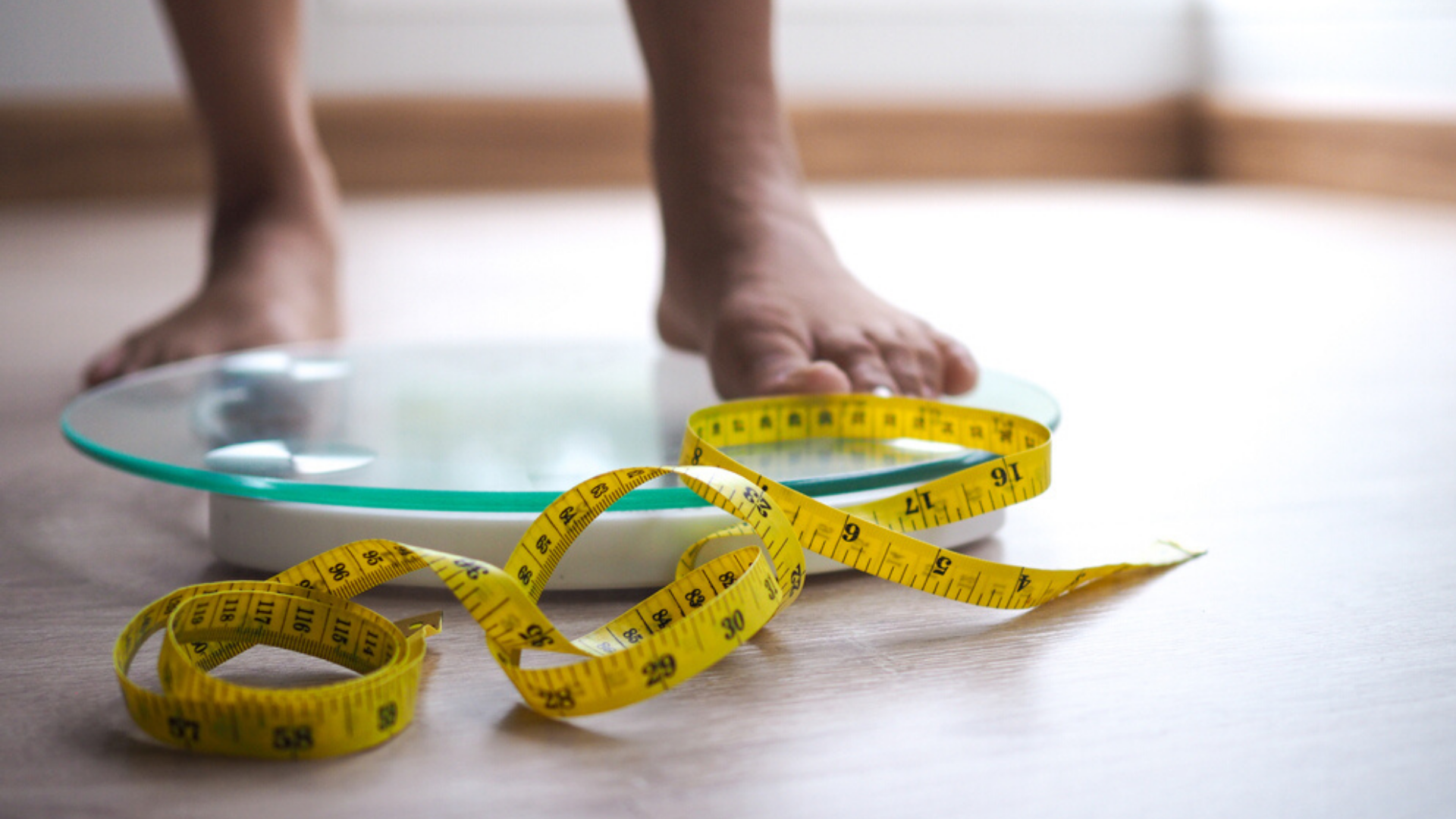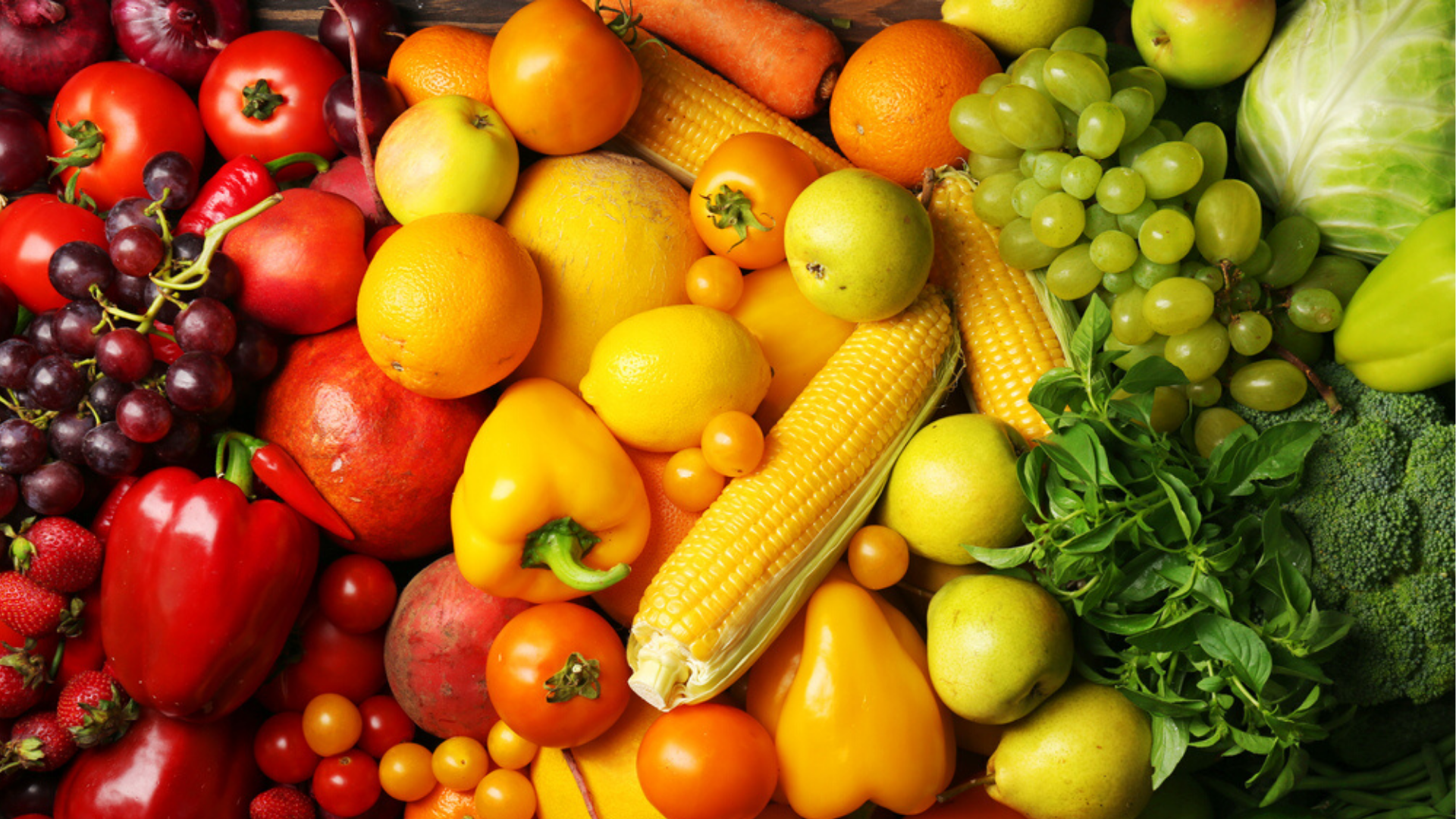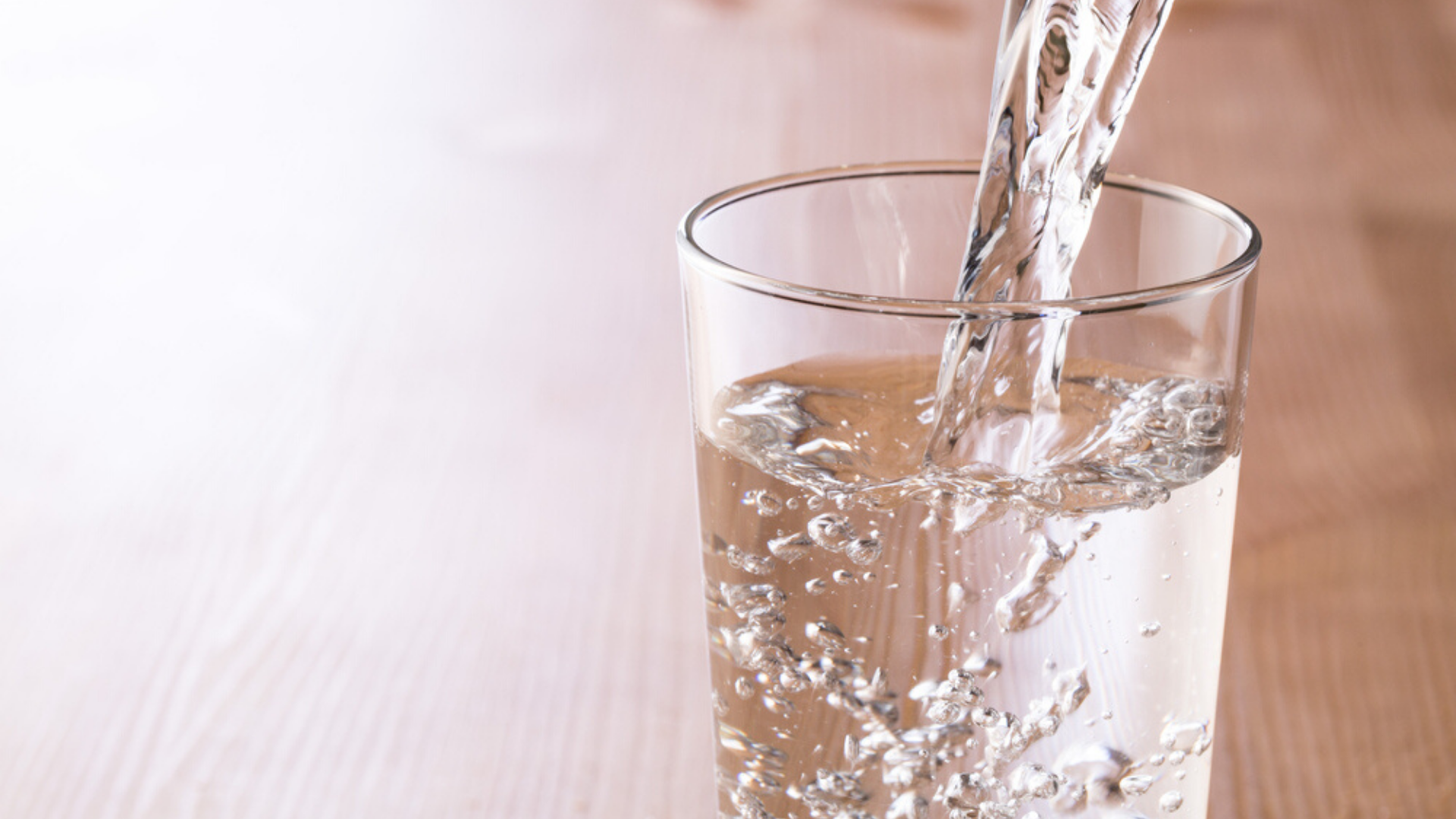How to Eat for Fat Loss

While the term ‘weight loss’ gets thrown around a lot, it is generally fat loss that people want. Striving for fat loss allows you to maintain lean muscle mass and performance while losing weight.
From an evolutionary standpoint, our body is actually programmed to resist fat loss—our body fat reserves are the most energy-rich and will keep us alive if we ever lose access to food. To lose fat, we can override these systems, but we need to be strategic with our nutrition and training. A variety of factors come into play here, including: the rate at which you lose weight, what type of training you do, what you eat, and when you eat.
When it comes to optimizing fat loss, there are five key nutrition pillars to consider. Read on to find out about the types of food you should be including in your diet.
#1: Protein
Protein is essential in all things body transformation and weight management. Protein keeps you feeling full after your meals, which can help you to stick to your nutrition plan. Protein forms the building blocks of our muscles and is the main nutrient involved in triggering muscle protein synthesis, which is the pathway involved in gaining and maintaining lean mass. As a result, consuming adequate amounts of protein consistently throughout the day helps us to build lean muscle. Additionally, protein has a ‘high thermic effect of food’ (TEF). This means that there are a large number of calories burned when digesting the protein in the food we eat, relative to all other macronutrients.

#2 Fiber
Fiber is another nutrient that plays a key role in fat loss. Fiber adds bulk to your meals, which both fills you up more quickly and keeps you satisfied for hours. It is through both of these mechanisms that fiber helps to reduce your overall food intake without leaving you feeling hungry. Fiber-rich foods are really a secret fat loss weapon!
#3 Color
Eating the rainbow is not only important for our gut health; it is also key for fat loss. Fruits and vegetables are generally high in water, fiber and micronutrients. Micronutrients—specifically, vitamins and minerals—have many different functions in our body, but contribute no energy (unlike macros, which contribute both a function and an energy value). This means that fruits and vegetables typically have a low energy density, allowing you to consume large volumes without also taking in a large number of calories.
Did you know that only 8% of Australians and 9% of Americans eat the recommended amount of fruit and vegetables each day? For our overall health and wellbeing, we should be aiming for two servings of fruit and five servings of vegetables a day. One serving of fruit is 150g, which is equivalent to one medium apple or 2 small plums. One serving of vegetables is 75g, equivalent to 1 cup of raw salad vegetables or ½ cup cooked vegetables.

#4 Hydration
While it is often forgotten, hydration plays an important part in fat loss. Our bodies are approximately 60% water, which is why hydration is essential to keep us functioning at our best. Plus, dehydration can often be mistaken for hunger and lead to overeating. A good tip in deciding if you’re hungry or just dehydrated is having a glass of water and waiting 15 minutes. If you are still hungry, then go ahead and have something to eat—if not, it’s likely you just need some water. Drinking water with your meals can also help to fill you up and decrease your overall caloric intake.

#5 Healthy fats
The final nutrition pillar to consider for fat loss is healthy fats. These are found in foods such as avocado, nuts, seeds and extra virgin olive oil. Healthy fats help to keep you feeling full between meals, just as fiber and protein do. This can help to reduce your overall intake since you won’t be left hungry and overeat at your next meal. The one thing to consider when consuming healthy fats is your portion sizes, because fats contain the highest energy value per gram compared to carbohydrates and protein. So, while fats can help to keep you full, be mindful not to overdo it.
